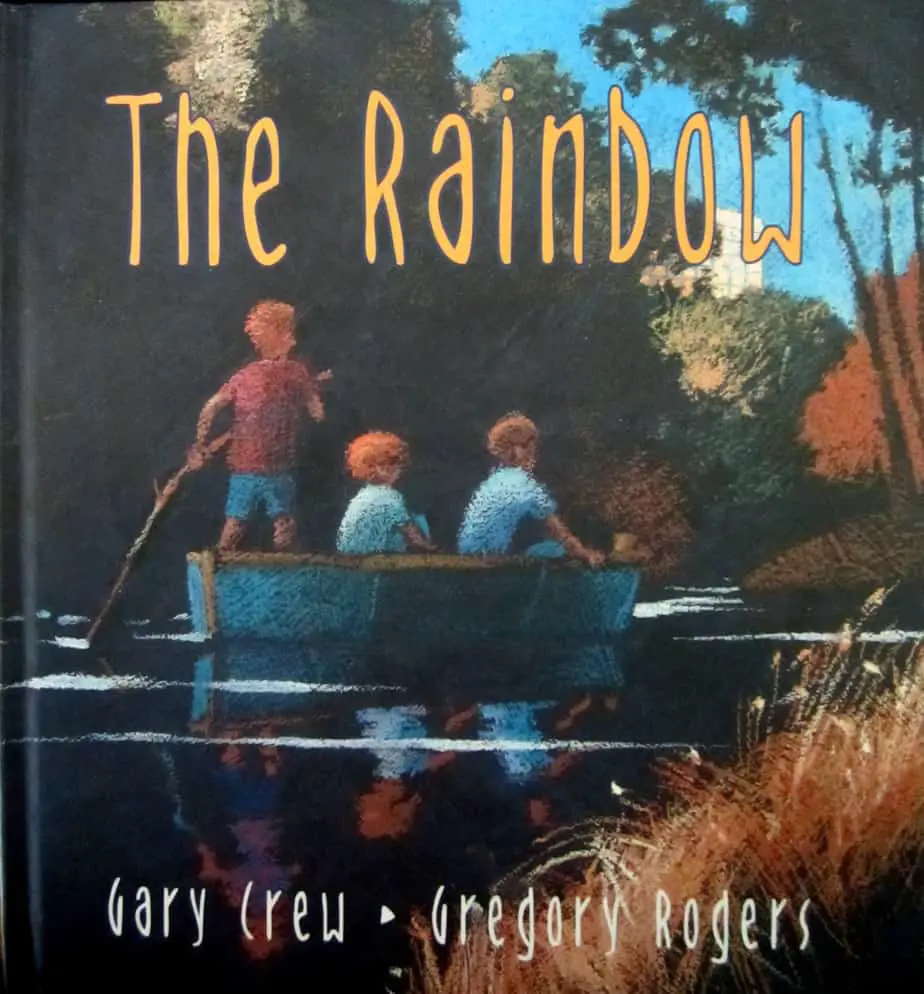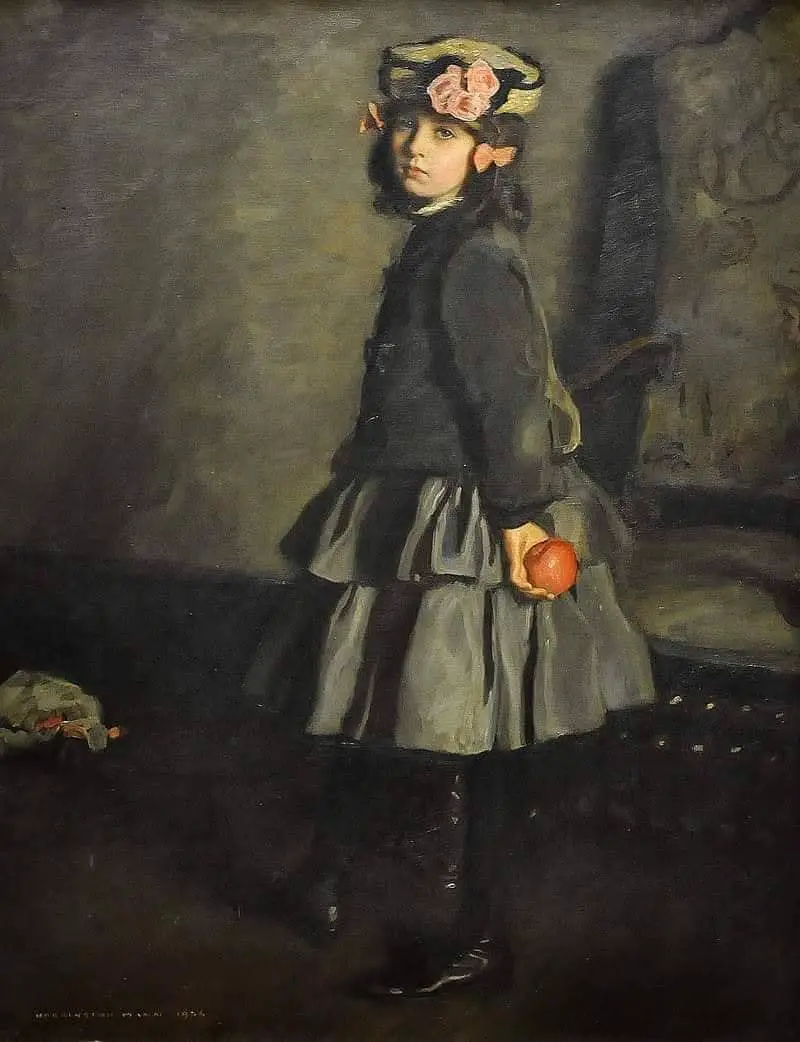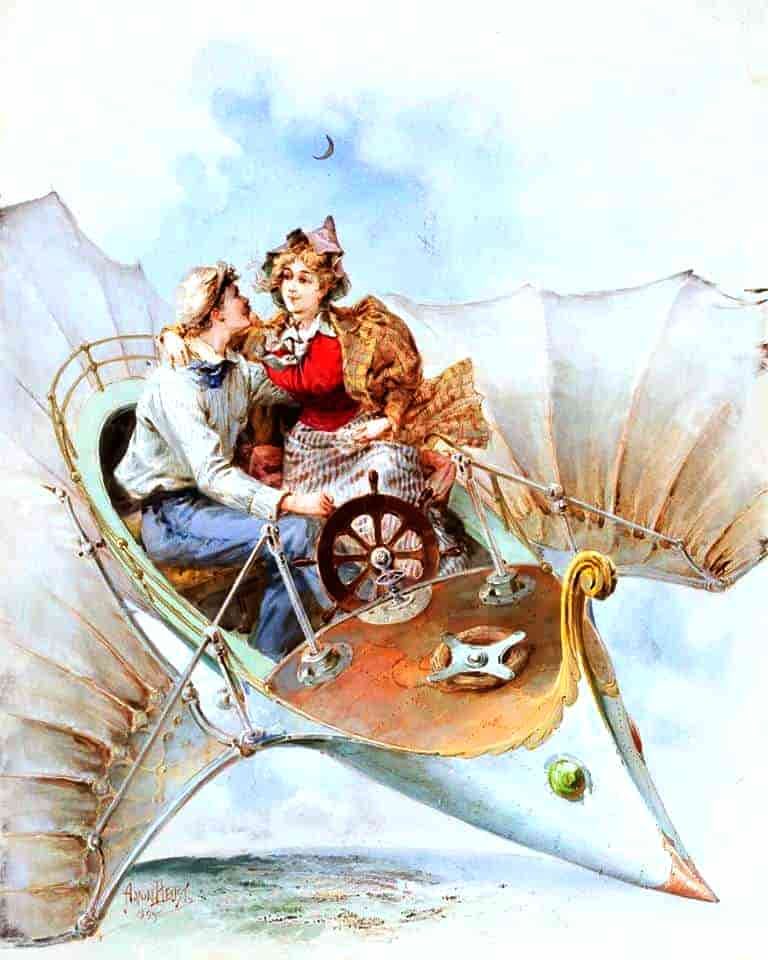-
Film Endings

In general, film endings are no different from any other form of narrative. Films—more than anything, in fact—tend to adhere to storytelling structure. That said, there are a few misconceptions about film endings. HOLLYWOOD DOES NOT SELL HAPPY There’s this misconception that Hollywood movies generally have happy endings, and that a general Hollywood audience won’t
-
Asian-Australian Children’s Literature
There are only a small number of Asian-Australian authors writing about Asia in children’s/young adult fiction and there are very few books where the first-person narrator or main character is Asian or Asian-Australian. Also surprisingly, there are very few Australian works with Asian content that have been translated into an Asian language – translations are
-
Picturebook Study: Why the Black and White?
1. THE AIR OF UNCOMPROMISING DETACHMENT While some picturebooks are in black and white for economic reasons, serious picture-book artists who choose to aavoid color in a medium noted for its use of color often have similar special points to make. The obvious example is the work of Chris Van Allsburg. The black-and-white pictures in
-
The Rainbow by Gary Crew and Gregory Rogers Analysis

Published in 2001 by Lothian Books (an imprint of Hachette Children’s Books specialising in Australian tales), The Rainbow is an adventure story about three boys who find something gruesome in the wild. I was reminded a little of Stand By Me. This story is written from first person point of view, and the reader is therefore
-
Should America Import More Children’s Books?
Should America import more children’s literature from other countries? Everything we do to, with, and for our children is influenced by capitalist market conditions and the hegemonic interests of ruling corporate elites. In simple terms, we calculate what is best for our children by regarding them as investments and turning them into commodities. Jack Zipes,
-
Tuurngait: An award winning short film
An Inuit child wanders away from his village, fascinated by a wild bird. His father follow his trail, dertermined to find him before he gets lost on the ice floe. 6 minutes) The title of the short film makes us of unusual font. This is reminiscent of the Inuikitut syllabary. QUESTIONS FOR YOUNG VIEWERS Where
-
How To Create A Fictional Setting

In stories, setting and character are inextricably linked. Setting affects character. Sometimes, the setting can be treated like one of the characters. What Is A Fictional Setting Made Of? There are many ways to break Fictional Setting into a taxonomy. Here’s a mindmap showing how I think of it. PERIOD — a story’s place in
-
Books For Grown-ups With Illustrations
Christopher Howse at The Telegraph asks why books for grownups don’t have illustrations anymore, and says some very interesting things about the work of Julia Donaldson, but offers no answer about lack of illustrations in adult literature. Instead, commenters offer up a variety of books for adults which are indeed illustrated. To save you wading
-
Apples In Art And Storytelling

In Judeo-Christian tradition, we have the story of the Garden of Eden. Eve tempted Adam with it. Was it an actual apple, like you’d buy at the supermarket today? In this case, ‘apple’ probably stands in for fruit, which metaphorically stands for temptation of any kind.
-
What Makes A Classic Children’s Book?
David Beagley in interview with Matt Smith, La Trobe University, available on iTunes U The word ‘classic’ is an overused term. Popularity doesn’t necessarily make something a classic. Twilight is popular but probably won’t have longevity and therefore wouldn’t count as a classic. Having said that, an adult who reads a book they really like
-
Historical Realism In Children’s Literature
Historical fiction for young people…follows in the footsteps of the adult historical novel, the only difference being that it often chooses a hero of its readers’ age, who has a mentality and psychology close to those of our children and teenagers. Thaler, 2003, Understanding Children’s Literature The belief in historical fact qua fact is if
-
What’s a Hipster?
The term hipster in its present usage first appeared in the 1990s and became particularly prominent in the late 2000s and early 2010s. But there was an earlier hipster movement in the 1940s. Hipsters (or hepcats) in the late 1940s, referred to lovers of jazz, especially bebop. The first hipsters were Black. Modern hipsters are thought to
-
Picturebook Study: Colour Analysis
Colour is a language.
-
Social Issues In Realistic Children’s Fiction
In Sweden, a critic has coined the notion of idyllophobia, a fear of presenting the world of childhood as idyllic. Children’s and juvenile literature becomes more and more violent, not necessarily in actual depictions of violence, but in the general attitude toward the essence of childhood. The narrative strategies which writers use, most often the
-
What can flight symbolise in literature?

Flight is amazingly common in children’s stories. Several other motifs should be considered symbolically similar: FLOATING AS FLIGHT SYMBOLISM Characters might hold onto helium balloons, levitate by magic or by supernatural means. A picture book example of floating can be seen in “Outside Over There” by Maurice Sendak, in which Ida floats backwards out the